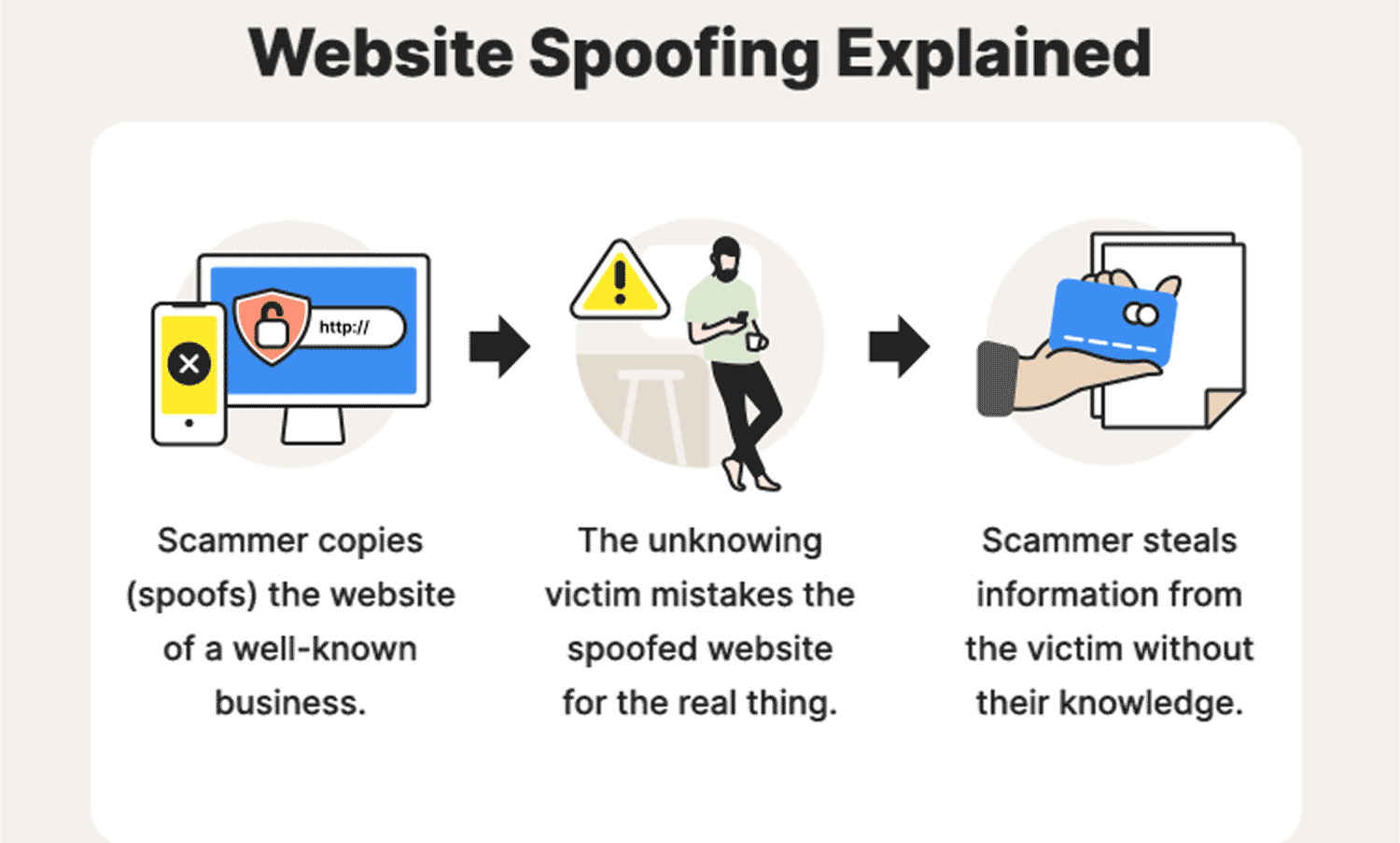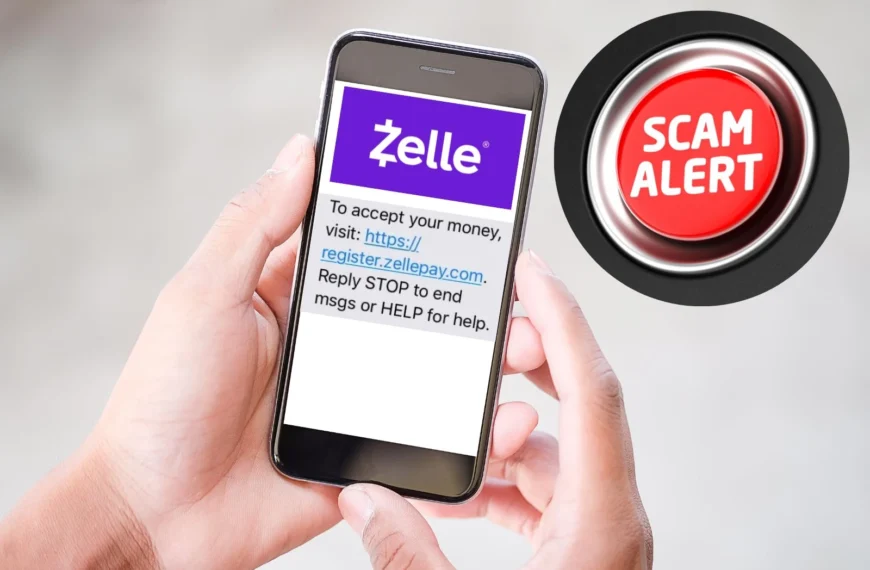What is Website Spoofing?
Website spoofing is a form of cyber fraud where scammers create fake websites that closely mimic legitimate ones to deceive users. These fraudulent sites are designed to steal sensitive information such as login credentials, credit card details, and personal data. Cybercriminals use various tactics, including phishing emails, malicious ads, and fraudulent links, to lure users into these fake websites.
How Website Spoofing Works
Website spoofing typically follows these steps:
- Domain Name Imitation – Attackers register a domain name similar to a trusted website (e.g., “g00gle.com” instead of “google.com”).
- Website Cloning – Fraudsters replicate the layout, branding, and content of the real website to make it appear authentic.
- Traffic Redirection – Victims are directed to the fake site through phishing emails, misleading ads, or social media links.
- Data Harvesting – Users unknowingly enter sensitive information, which is then stolen by cybercriminals.
How to Spot a Spoofed Website
To protect yourself from website spoofing, look for these warning signs:
- Misspelled Domain Names – Carefully check the URL for spelling errors, extra characters, or incorrect extensions (e.g., “.net” instead of “.com”).
- Lack of HTTPS Encryption – Secure websites display a padlock symbol in the address bar. If a website lacks HTTPS, avoid entering personal information.
- Poor Website Design – Fake sites often have low-quality images, broken links, and improper formatting.
- Unusual Pop-ups and Redirects – Be cautious of sudden pop-ups asking for sensitive information or forcing redirects to different pages.
- Suspicious Contact Information – Legitimate businesses have verified customer support details. If a site lacks an official email or phone number, it might be fraudulent.
- Too-Good-to-Be-True Offers – Scammers use fake discount deals and unrealistic offers to lure victims.
Measures to Avoid Website Spoofing Scams
Protect yourself from falling victim to website spoofing with these best practices:
1. Verify URLs Carefully
Always check the website address before clicking on any link. Hover over hyperlinks in emails or online ads to confirm their legitimacy.
2. Enable Multi-Factor Authentication (MFA)
Using MFA adds an extra layer of security, making it difficult for hackers to access your accounts even if they steal your password.
3. Use Secure Browsers and Extensions
Install security-focused web browsers and browser extensions that flag fraudulent websites and phishing attempts.
4. Avoid Clicking Suspicious Links
Never click on links from unsolicited emails, messages, or ads without verifying their authenticity.
5. Use a Password Manager
Password managers help detect spoofed websites by auto-filling credentials only on verified domains.
6. Regularly Update Software and Security Tools
Keeping your operating system, browsers, and security software updated helps protect against known vulnerabilities exploited by scammers.
7. Verify Website Authenticity via WHOIS Lookup
Perform a WHOIS domain lookup to check the registration details of a website. Fraudulent websites usually have hidden or newly registered domain information.
Conclusion
Website spoofing is a serious cybersecurity threat that can lead to identity theft, financial loss, and data breaches. By staying vigilant, checking URLs, and adopting strong security practices, online users can safeguard themselves from falling victim to these scams. Always verify website authenticity, enable security features, and report suspected spoofed websites to relevant authorities.
By following these precautions, you can browse the internet safely and protect yourself from malicious actors attempting to steal your information.














